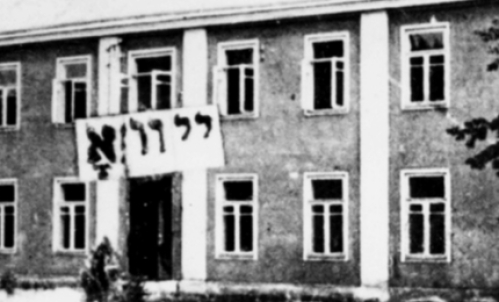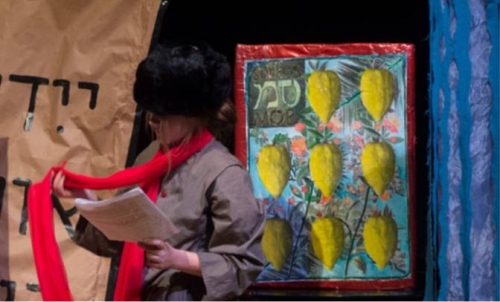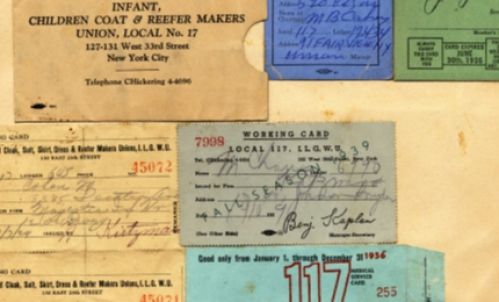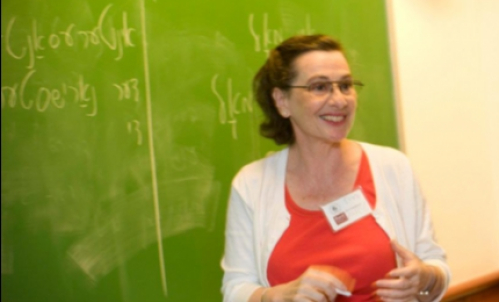Der oytser formen baym moler: Ryback's Formal Approach to Jewish Art

|
Max Weinreich Fellowship Lecture in East European Arts, Music, and Theater
The Ruth and Joseph Kremen Memorial Fellowship Admission: Free |
The visual and plastic works, as well as writings, of Jewish Ukrainian artist Issachar Ber Ryback (1897-1935) present a formal approach to national art, diverging from prevalent depictions of Jewish identity. Spanning illustration, drawing, painting, sculpture, stage design and theoretical writing, Ryback’s diverse body of work brings to the fore a material cult of everyday Eastern European Jewish life that was often overlooked. Central to the discussion is Shtetl, mayn khorever heym: a gedekhenish (Shtetl: My Destroyed Home, a Recollection), a lithograph album, conceived in 1917 within the Pale of Settlement and published in Berlin six years later in 1923. By closely analyzing the lithographs and Ryback’s contemporaneous writing, Noa Tsaushu examines the ways in which the artist exploited notions of materiality and visual representation to defy conventions of monolithic medium, push back against the Western European paradigm of Jewish aniconism, and challenge the hegemony of text as the Jewish medium of choice.
About the Speaker

Noa Tsaushu is a doctoral student of Yiddish Studies at Columbia University. She earned her master’s degree in Jewish Studies from Bar Ilan University, and her bachelor’s degree in fine art from the Bezalel Academy of Arts and Design, Jerusalem. Guided by a comparative approach to cultural production, Noa specializes in modern Jewish art and Yiddish literature. Her dissertation, titled “Yiddish Art: The Desire for Cohesion among the Soviet-Yiddish Avant-Garde,” presents a theoretical framework for understanding the Yiddish avant-garde movement, a phenomenon in modern Yiddish culture that has been primarily approached in scholarship through historical and literary lenses. Noa is this year’s recipient of the Ruth and Joseph Kremen Memorial Fellowship in East European Arts, Music, and Theater at the YIVO Institute for Jewish Research. She recently translated and contributed to a volume of works from the Merrill C. Berman Collection titled Jewish Artists, Jewish Identity, 1917–1931.




